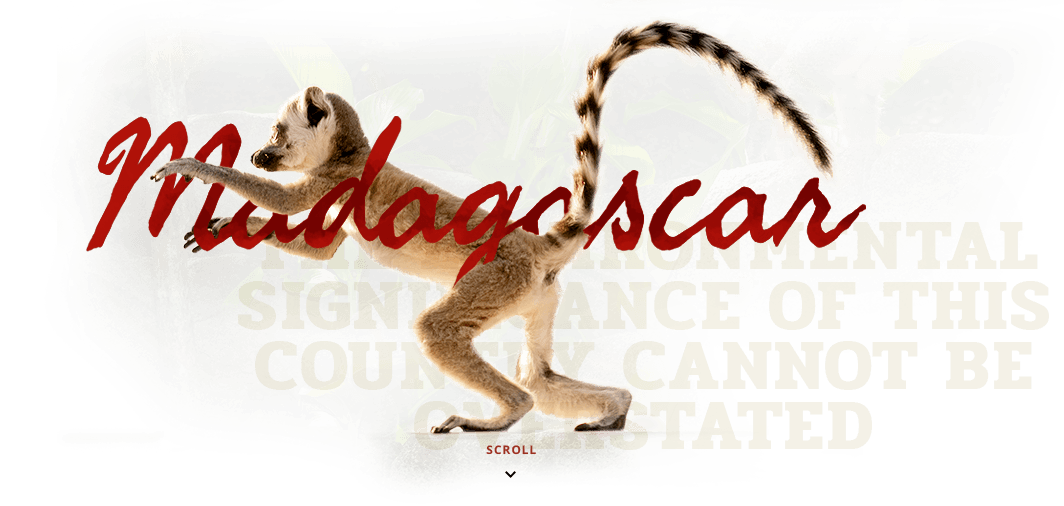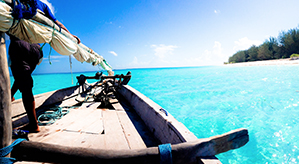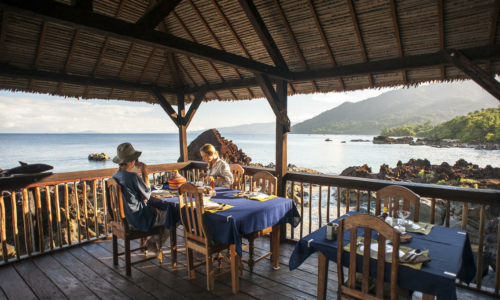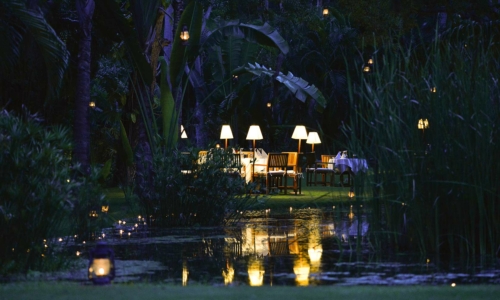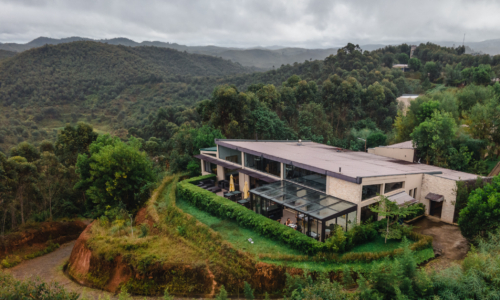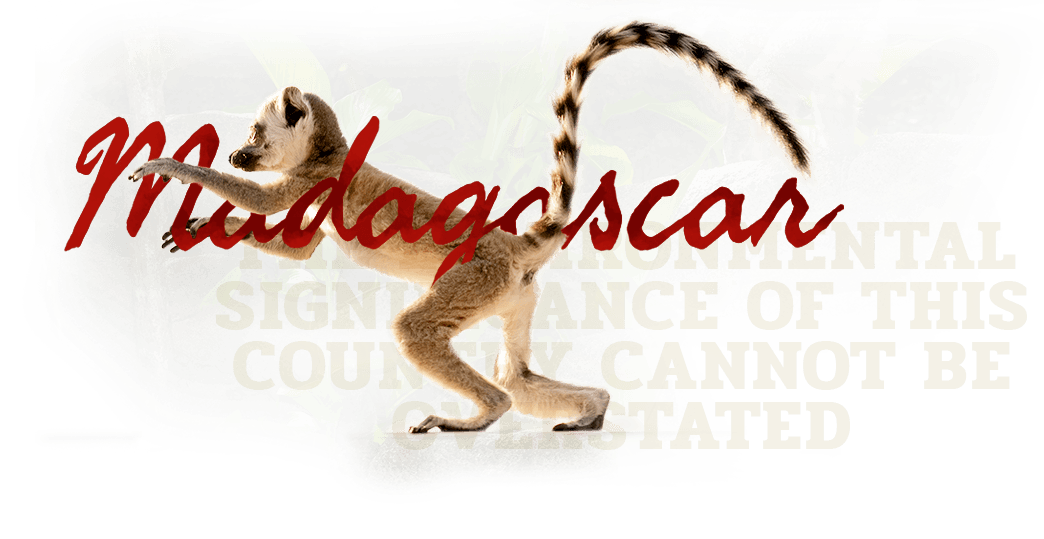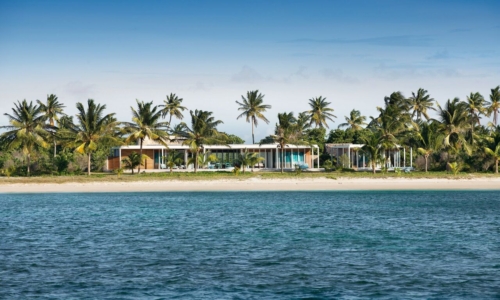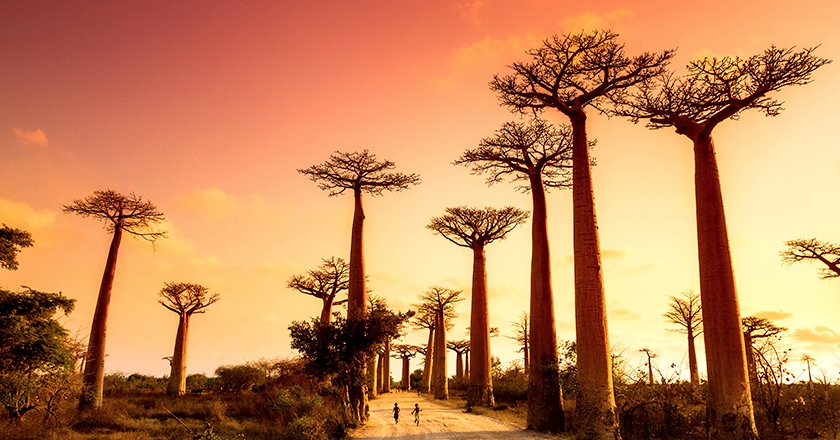
UNIQUE IN EVERY WAY
CLIMATE
tropical savanna & rainforest
DENSITY
91 people per square mile
% OF LAND UNDER CONSERVATION
5%
POPULATION
22,400,000
COUNTRY SIZE
230,000 square miles
CONSERVATION SCORE
7/10
Madagascar is the island of the exotics. From lemurs to dwarf chameleons to baobab forests and a host of other endemic wonders, Madagascar gives its guests the feeling of experiencing an evolutionary marvel. Many of the island’s rare creatures are found nowhere else on Earth. The geography of Madagascar is awe inspiring and the scenery will leave visitors breathless.
One of the last places on Earth to be inhabited by humans it’s also one of the most biologically diverse places left on the planet. Across this island nation can be found sandstone canyons, limestone karsts, mountains, fertile hills flowing with terraced rice paddies, forests of every kind – rainy, dry, spiny – and a laterite-rich soil that gives the country its nickname of ‘Red Island’. With thirty-one thousand miles of coastline, the sea is always close at hand, beckoning with its white sandy beaches and the turquoise waters of the Indian Ocean. In fact, five percent of all known plant and animal species can only be found here. Famous for the wide-eyed lemurs, it’s also home to the fossa, chameleons, brightly colored frogs, and turtles. The coast alone teems with graceful rays, humpback whales during winter, and several species of sharks.
In addition, Madagascar provides a wide array of astonishing activities from hiking, diving, mountain biking, kite-surfing, rock-climbing, and more. Moreover, Madagascar’s beaches are among the finest in the world, and there are plenty of opportunities for beach hopping on a chartered sail boat. But for those independent travelers who prefer to navigate on their own, yacht rentals are a wonderful alternative. Otherwise, a relaxing afternoon in a hammock is always an ideal option.
Once known as the Kingdom of Madagascar and ruled by Merina nobles, the monarchy collapsed under French colonialism. In 1960, Madagascar regained independence and has subsequently experienced four major constitutional periods. The people of Madagascar have a rich pre- and post-colonial story to tell. Meeting the friendly locals and listening to their stories will be a highlight of any trip here. A UNESCO World Heritage site and must see destination is Ambohimanga, a sacred royal city and burial site, it’s an important cultural center and place of worship for pilgrims from Madagascar and beyond.


UNIQUE IN EVERY WAY

CLIMATE
tropical savanna & rainforest
DENSITY
91 people per square mile
% OF LAND UNDER CONSERVATION
5%
POPULATION
22,400,000
COUNTRY SIZE
230,000 square miles
CONSERVATION SCORE
7/10
Madagascar is the island of the exotics. From lemurs to dwarf chameleons to baobab forests and a host of other endemic wonders, Madagascar gives its guests the feeling of experiencing an evolutionary marvel. Many of the island’s rare creatures are found nowhere else on Earth. The geography of Madagascar is awe inspiring and the scenery will leave visitors breathless.
One of the last places on Earth to be inhabited by humans it’s also one of the most biologically diverse places left on the planet. Across this island nation can be found sandstone canyons, limestone karsts, mountains, fertile hills flowing with terraced rice paddies, forests of every kind – rainy, dry, spiny – and a laterite-rich soil that gives the country its nickname of ‘Red Island’. With thirty-one thousand miles of coastline, the sea is always close at hand, beckoning with its white sandy beaches and the turquoise waters of the Indian Ocean. In fact, five percent of all known plant and animal species can only be found here. Famous for the wide-eyed lemurs, it’s also home to the fossa, chameleons, brightly colored frogs, and turtles. The coast alone teems with graceful rays, humpback whales during winter, and several species of sharks.
In addition, Madagascar provides a wide array of astonishing activities from hiking, diving, mountain biking, kite-surfing, rock-climbing, and more. Moreover, Madagascar’s beaches are among the finest in the world, and there are plenty of opportunities for beach hopping on a chartered sail boat. But for those independent travelers who prefer to navigate on their own, yacht rentals are a wonderful alternative. Otherwise, a relaxing afternoon in a hammock is always an ideal option.
Once known as the Kingdom of Madagascar and ruled by Merina nobles, the monarchy collapsed under French colonialism. In 1960, Madagascar regained independence and has subsequently experienced four major constitutional periods. The people of Madagascar have a rich pre- and post-colonial story to tell. Meeting the friendly locals and listening to their stories will be a highlight of any trip here. A UNESCO World Heritage site and must see destination is Ambohimanga, a sacred royal city and burial site, it’s an important cultural center and place of worship for pilgrims from Madagascar and beyond.







